Banknotes collecting also known as notaphily. What are collectible banknotes and how valuable are they?
A banknote is used for business negotiations as a promissory note issued by the bank and which the bearer can later on encash. Bank notes, as money, have evolved through time. Before, banknotes were originally an I.O.U. or a promise to repay a lender in gold, silver, or other bullion.
But when precious metals were removed from circulation in modern currencies, banknotes become synonymous with credit money and fiat money.
Unlike coins, banknotes and paper money collecting as a hobby or notaphily was not so famous until just recently. The first paper money was issued in the 1920s. By the 1960s, almost all countries were already using paper money for trade and commerce. Thus, many people started to collect paper money.
Today, investing in collectible banknotes is ideal since the price and value of paper money is constantly increasing.
The International Bank Note Society
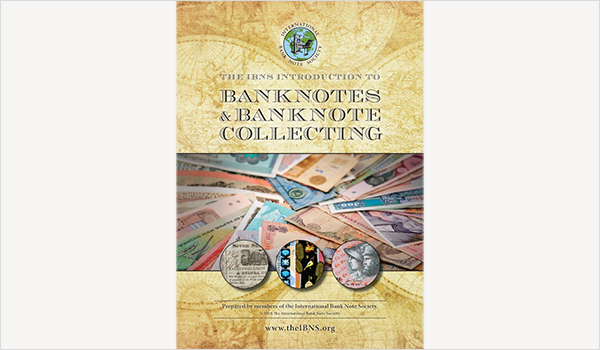
The International Bank Note Society is an international association of notaphilists or banknote collectors. Founded in 1961, they now have thousands of members from all over the globe. The IBNS publishes as quarterly notaphily journal and they also hold regular mail bidding auctions and lectures.
Starting your banknote collection
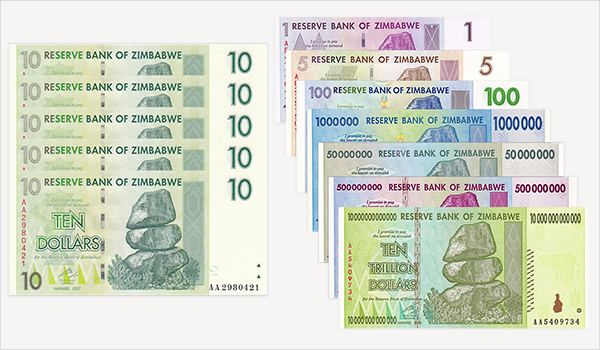
Launch your banknote collecting hobby by acquiring a starter set of collectibles banknotes from all over the world. This way, you can save yourself from the hassle of collecting one banknote at a time.
For starters, you can consider getting cheap bank notes for $1 a piece. After some time, you may get those priced for $5 or so. Remember, the beautiful banknotes are more costly.
Once you acquire a reasonable number of collectible bank notes to make your collection grow, it’s time you inspect your collection. As a notaphilist, study the features of your banknotes and enclose them in a frame.
Grading Banknotes
The IBNS grade bank notes through the following:
Uncirculated (UNC) – no damage
About uncirculated (AU) – slightly visible center folds
Extremely fine (XF or EF) – may have up to three creases or folds
Very Fine (VF) – with smudges or dirt
Fine (F) – has minor tears and holes
Very Good (VG) – with stains and discoloration
Good (G) – has a graffiti or torn edges
Fair – bigger torn edges
Poor – worst condition
Letting your banknote collecting hobby grow
So now, you want to devote more time and money in your growing paper money collecting hobby. Start to categorize your collection.
You may opt to categorize them through: time period, country of origin, watermark, issuing printer, signatures, paper material and size, grade, and other distinct features.

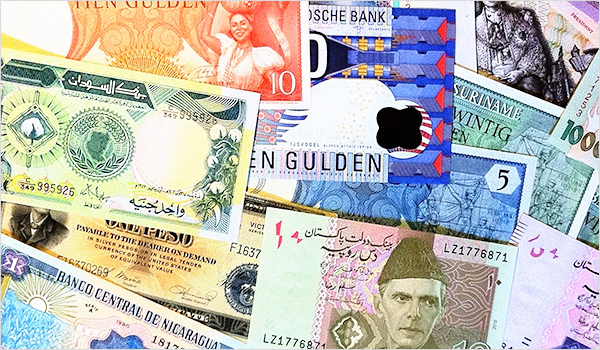




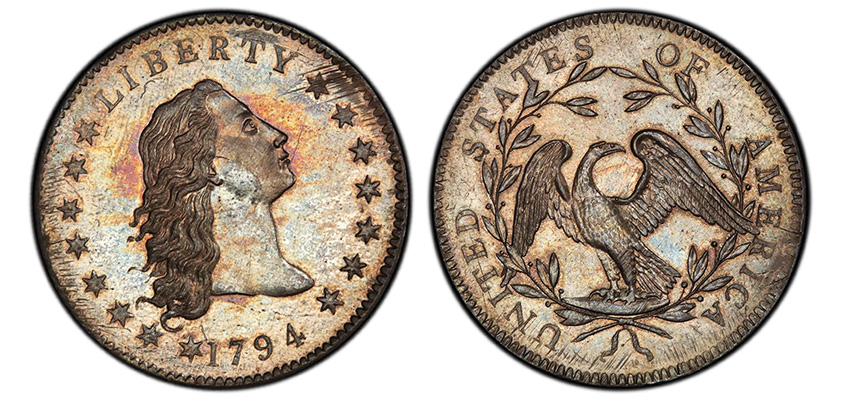
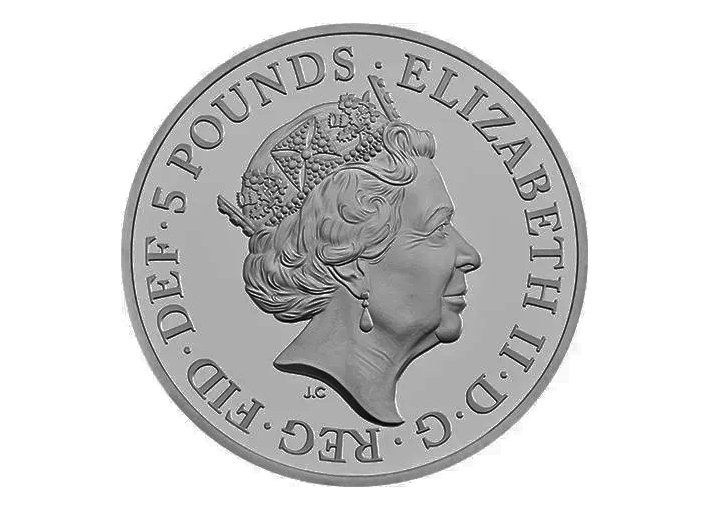
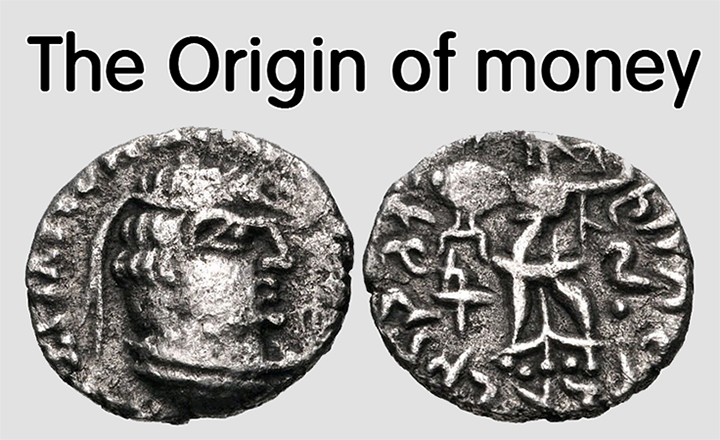


Leave a Reply